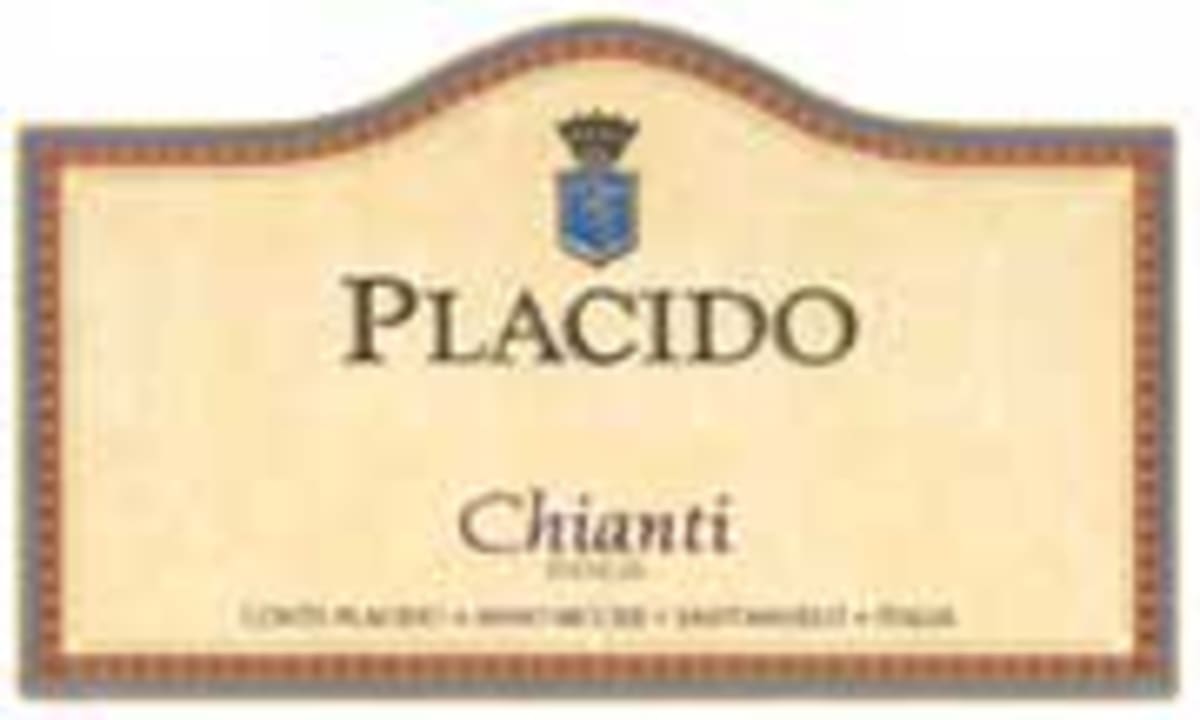Placido Chianti 2002


Product Details
Your Rating
Somm Note
Winemaker Notes
Placido Chianti is an uncommonly distinguished Chianti produced in the historic Tuscan hills of the delimited Chianti D.O.C.G. zone. Placido Chianti is delightfully charming, with a hint of violets in the nose and a dry, harmonious taste. This enticing Chianti is excellent with a broad range of foods including meats, pasta and even spicy foods.
Other Vintages
2003-
Wine
Enthusiast
-
Wine
Enthusiast


Consisting of eight noble wine types, their wines include: Sangiovese, Trebbiano, Montepulciano D'Abruzzo, Chianti and a fruity Pinot Grigio all from grapes grown in choice Tuscany vineyards. Chile's Maipo Valley offers an ideal micro-climate for cultivating the noblest of French stock, such as Placido's Cabernet Sauvignon, Merlot, and Chardonnay.
